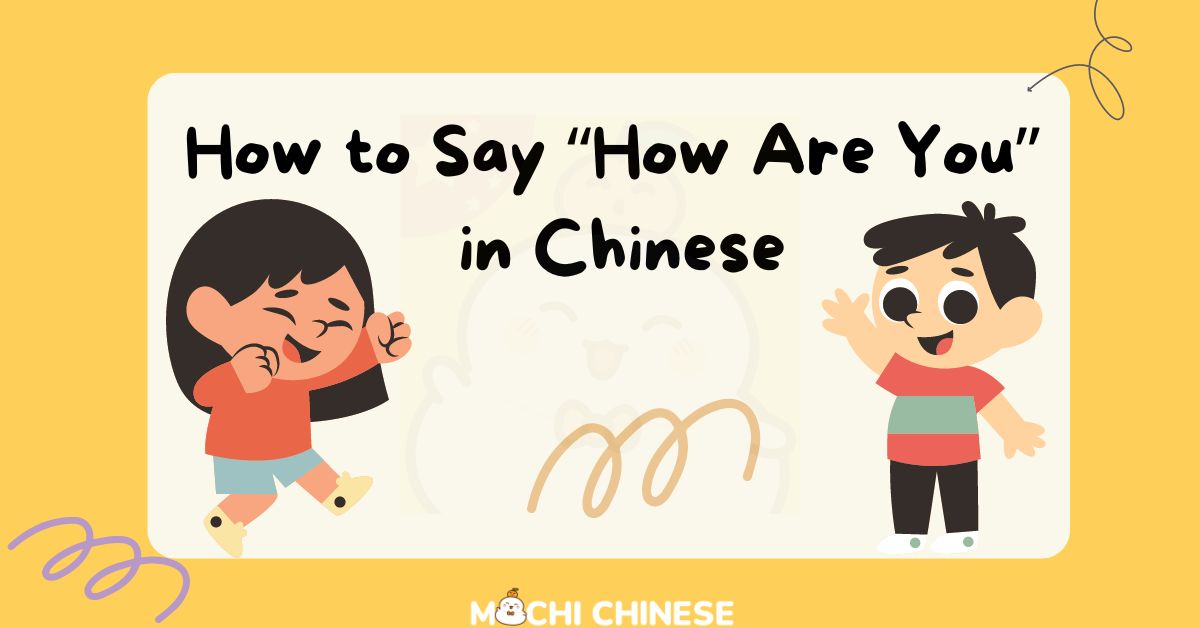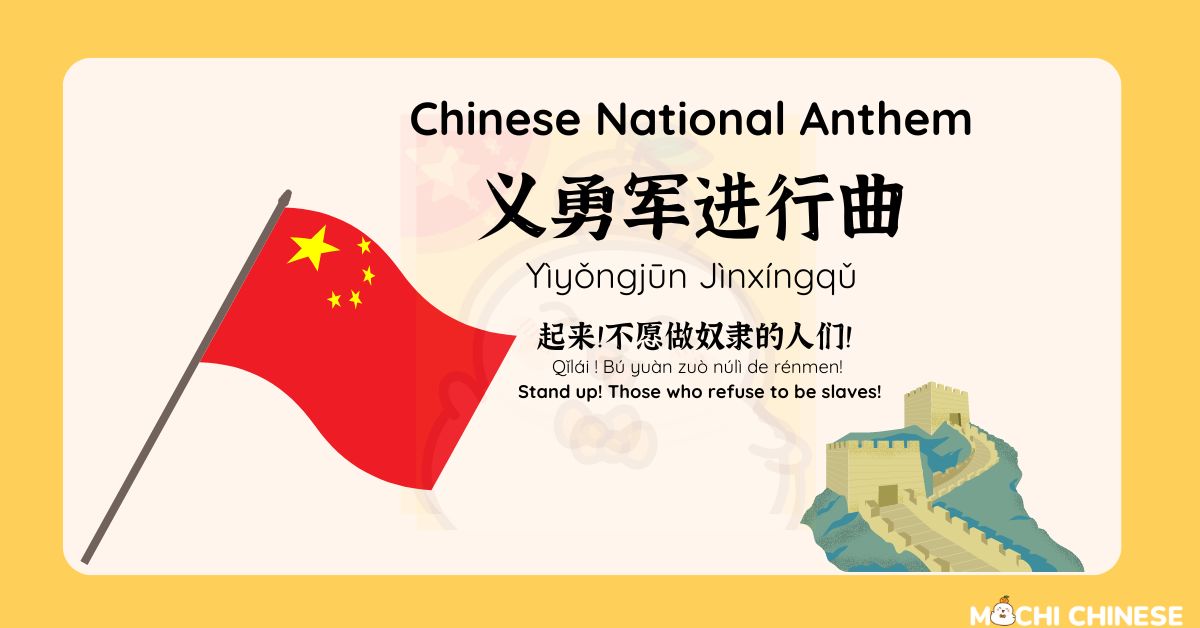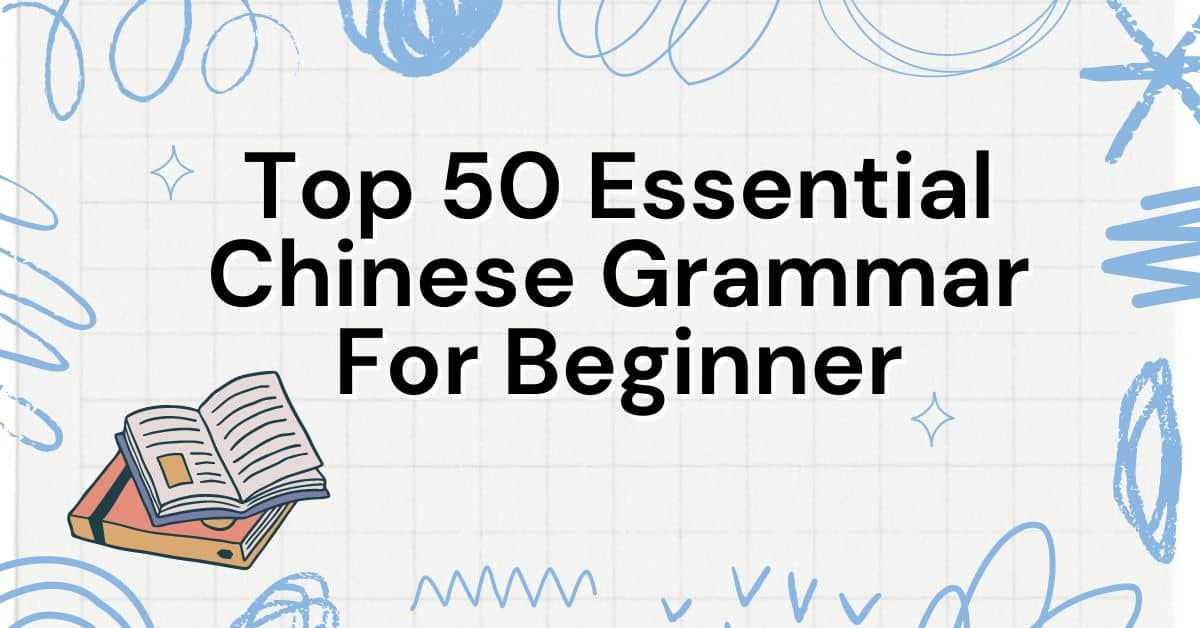Chinese, with its character-based writing system, stands out as one of the world’s most fascinating languages. In this discussion, we’ll delve into the number of Chinese characters and the vocabulary essential for fluency.
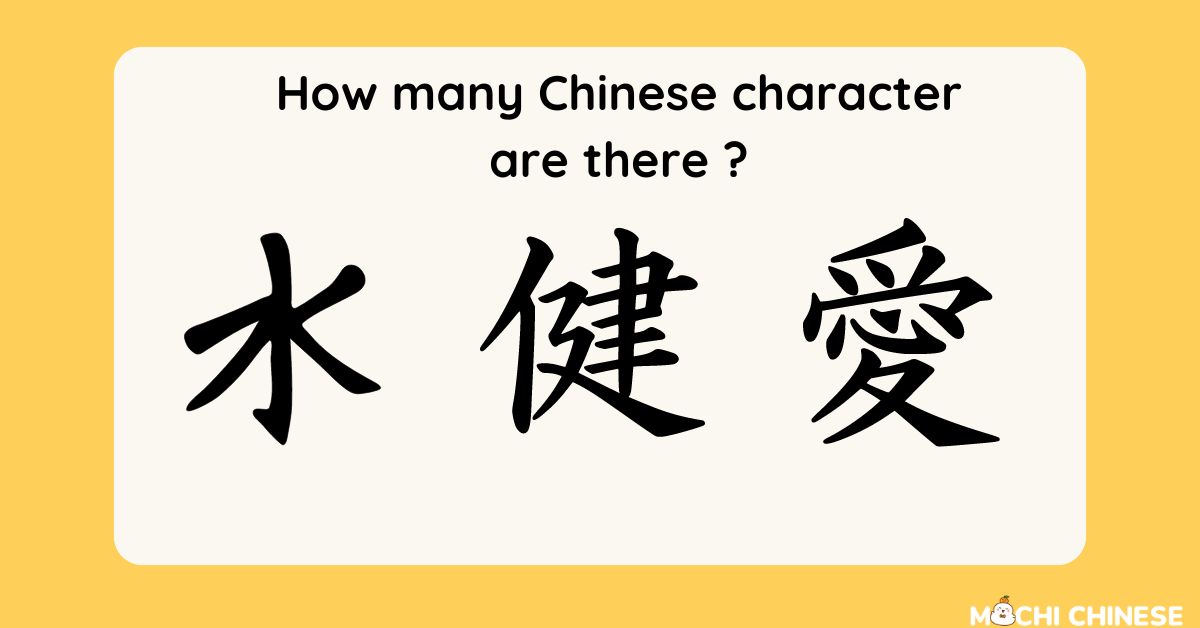
Total Number of Chinese Characters
Chinese vocabulary can be said to be a huge treasure with the largest number of words in all languages. The total count of Chinese characters varies across dictionaries:
- The Table of General Standard Chinese Characters has 8,105 characters, with 6,500 being common
- The Great Compendium of Chinese Characters has 54,678 characters
- Kangxi Dictionary, a monumental work, documents over 47,000 characters
It’s worth noting that not all of these characters are in common use. In fact, the Guinness World Record for most Chinese characters learned stands at over 85,000!
| Chinese | Pinyin | English |
|---|---|---|
| 我 | wǒ | I/ me |
| 你 | nǐ | You |
| 您 | nín | You (formal) |
| 他 | tā | He/him |
| 她 | tā | She/Her |
| 我们 | wǒ mén | We/Us |
| 你们 | nǐ mén | You |
| 他们 | tā mén | They/Them |
| 它 | It | tā |
| 这 | zhè | This |
| 那 | nà | That |
| 这些 | zhè xiē | These |
| 那些 | nà xiē | Those |
| 自己 | zì jǐ | Oneself/Alone |
| 大家 | dà jiā | Everyone |
| 东西 | dōng xi | Thing |
| 事 | shì | Thing, Matter, Circumstance |
| 家 | jiā | House/Home |
| 车 | chē | Car |
| 问题 | wèn tí | Question/Problem |
| 什么 | shén me | What |
| 几 | jǐ | How many |
| 谁 | shuí / shéi | Who |
| 什么时候 | shén me shí hòu | When |
| 哪里 | nǎ lǐ | Where |
| 为什么 | wèi shén me | Why |
| 怎么 | zěn me | How |
| 怎么样 | zěn me yàng | How about |
| 不 | bù | Not |
| 很 | hěn | Very |
| 的 | de | Of |
| 还 | hái | Still, Yet, Also |
| 为 | wéi | By/for the sake of |
| 又 | yòu | Again |
| 从 | cóng | From/Since |
| 再 | zài | Again |
| 这样 | zhè yàng | This way |
| 可能 | kě néng | Maybe |
| 这里 | zhè lǐ | Here |
| 那里 | nà lǐ | There |
| 地方 | dì fāng | Place |
| 学校 | xué xiào | School |
| 城市 | chéng shì | City |
| 国家 | guó jiā | Country |
| 中国 | zhōng guó | China |
| 公司 | gōng sī | Company |
| 上 | shàng | On or Above |
| 中 | zhōng | Center |
| 里 | lǐ | Inside |
| 下 | xià | Under or below |
| 先生 | xiān sheng | Mr./Sir |
| 小姐 | xiǎo jiě | Miss |
| 太太 | tài tai | Madame |
| 老师 | lǎo shī | Teacher |
| 医生 | yī shēng | Doctor |
File pdf: Basic Chinese vocabulary for beginner
Characters Needed for Literacy and Fluency
For effective day-to-day communication, a base of around 2,000 – 2500 commonly used characters is usually considered sufficient. In the HSK system, HSK 5 requires knowledge of 2500 vocabulary words and HSK 6 includes about 5000 vocabulary words. So, at HSK level 5+, you should learn enough characters to be fluent in Chinese – at least in theory.
Achieving literacy in Chinese involves recognizing a few thousand characters, while fluency entails familiarity with a broader range. Educated native speakers typically know around 8,000 to 10,000 characters. However, just learning vocabulary is not enough.
Being fluent requires the ability to use words and phrases in the right context, keep up with conversations and deal with unpredictable situations, not to mention your pronunciation and intonation. Learning characters is an important part of the journey, but it is not the destination.
Understanding Chinese Characters
The origin of Chinese characters originates from ancient times, when people relied on the ability to observe surrounding objects and sketch them into hieroglyphs and meaningful words. Chinese characters have gone through a period of brilliant development. Their evolution spans from ancient oracle bones to the modern script, showcasing a rich cultural heritage. Characters consist of radicals and components, each contributing to their meaning and pronunciation. Until now, when learning about the origin of Chinese characters, it has been proven that the oldest Chinese character is Giap Cot, which appeared during the An Dynasty around 1600 – 1020 BC. This type of writing was engraved on animal bone fragments whose shape is very close to what humans observe.
Today, in China, simplified Chinese characters are used instead of the traditional writing system. After the writing reform in October 1954, writing was simplified so that the masses could easily learn to write and eradicate illiteracy, unifying writing in regions that were inherently different due to the geographical and historical facts.
| Radical | Pinyin | Meaning | Stroke |
|---|---|---|---|
| 一 | yī | One | 1 |
| 丨 | gǔn | line | 1 |
| 丶 | zhǔ | Dot | 1 |
| 丿 乀 乁 | piě | Slash | 1 |
| 乙 乚 | yǐ | Second | 1 |
| 亅 | jué | Hook | 1 |
| 二 | èr | Two | 2 |
| 亠 | tóu | Lid | 2 |
| 人 亻 | rén | Person | 2 |
| 儿 | rén | Legs | 2 |
| 入 | rù | Enter | 2 |
| 八 丷 | bā | Eight | 2 |
| 冂 | jiōng | Down box | 2 |
| 冖 | mì | Cover | 2 |
| 冫 | bīng | Ice | 2 |
| 几 | jǐ | Table | 2 |
| 凵 | qiǎn | Open box | 2 |
| 刂 刁 刀 | dāo | Knife | 2 |
| 力 | lì | Power | 2 |
| 勹 | bāo | Wrap | 2 |
| 匕 | bǐ | Ladle/Dagger | 2 |
| 匚 | fāng | Right open box | 2 |
| 匸 | xì | Hiding enclosure | 2 |
| 十 | shí | Ten | 2 |
| 卜 | bǔ | Divination | 2 |
| 卩 | jié | Seal/Joint | 2 |
| 厂 | hǎn | Cliff/House | 2 |
| 厶 | mǒu/sī | Private | 2 |
| 又 | yòu | Again | 2 |
| 口 | kǒu | Mouth | 3 |
| 囗 | wéi | Enclosure | 3 |
| 土 | tǔ | Earth | 3 |
| 士 | shì | Scholar | 3 |
| 夂 | zhǐ | Go | 3 |
| 夊 | suī | Go slowly | 3 |
| 夕 | xī | Night | 3 |
| 大 | dà | Big | 3 |
| 女 | nǚ | Woman | 3 |
| 子 | zǐ | Child | 3 |
| 宀 | mián | Roof | 3 |
| 寸 | cùn | Inch | 3 |
| 小 ⺌ ⺍ | xiǎo | Small | 3 |
| 尢 | wāng | Lame | 3 |
| 尸 | shī | Corpse | 3 |
| 屮 | chè | Sprout | 3 |
| 山 | shān | Mountain | 3 |
| 川 巛 | chuān | River | 3 |
| 工 | gōng | Work | 3 |
| 己 | jǐ | Oneself | 3 |
| 巾 | jīn | Towel | 3 |
Practical Vocabulary for Beginners
For beginners, focusing on practical vocabulary is key. Starting with common characters and phrases enables learners to build a foundation for meaningful communication. Essential characters include those for numbers, basic verbs, nouns, and adjectives, along with simple phrases for daily interactions.
Starting off by learning the most common, core Chinese words can be an incredibly efficient way to reach fluency faster. For example, 了, 过, 的, 呢, etc., appear all the time in Chinese, in the same way that “a”, “the”, “of” are used in most English sentences. Chinese pronouns are important to know, for example 我 (wǒ) (I or me), 你 (nǐ) (you), 我们 (wǒmen) (we or me),…
| Chinese | Pinyin | English |
|---|---|---|
| 你好 | nǐ hǎo | Hello |
| 谢谢 | xièxiè | Thank you |
| 对不起 | duìbùqǐ | Sorry |
| 没关系 | méiguānxì | It’s okay |
| 是 | shì | Yes |
| 不是 | bùshì | No |
| 是的 | shì de | Correct |
| 不是的 | bùshì de | Incorrect |
| 好的 | hǎo de | Okay |
| 再见 | zàijiàn | Goodbye |
| 请 | qǐng | Please |
| 不客气 | bù kèqì | You’re welcome |
| 哪里 | nǎlǐ | Where |
| 这个 | zhège | This |
| 那个 | nàgè | That |
| 多少 | duōshǎo | How much/many |
| 今天 | jīntiān | Today |
| 明天 | míngtiān | Tomorrow |
| 昨天 | zuótiān | Yesterday |
| 我 | wǒ | I/me |
| 你 | nǐ | You |
| 他 | tā | He/him |
| 她 | tā | She/her |
| 我们 | wǒmen | We/us |
| 你们 | nǐmen | You (plural |
| 他们 | tāmen | They/them |
| 什么 | shénme | What |
| 怎么样 | zěnme yàng | How (is it) |
| 好吗 | hǎo ma | Is it okay? |
| 可以 | kěyǐ | Can/may |
These words and phrases cover basic greetings, expressions of politeness, simple questions, and common nouns and pronouns, providing a solid foundation for beginners to start conversing in Chinese.
Tools and Tips for Learning Chinese Characters
Effective methods for learning characters include flashcards, apps like Mochi Chinese, and immersive experiences. Mnemonics, repetition, and contextual learning aid in retention. Regular practice and exposure to the language are essential for progress.
The Mochi Chinese app is based on the Spaced Repetition method, helping learners find the golden time to review, effectively memorizing 1000 vocabulary words in 1 month.
SPR is a memory technique that involves actively recalling knowledge at different times, until enough knowledge has been accumulated. Based on your learning history, the app will arrange learned vocabulary into 5 levels of memorization from not yet remembered to very remembered. From there, the app allocates time and frequency to help learners review the right words at the right time.
Vocabulary in Mochi Chinese appears as flashcards. Each word has an illustration with pinyin, audio, and example sentences to help you deeply understand the meaning, pronunciation, and context.
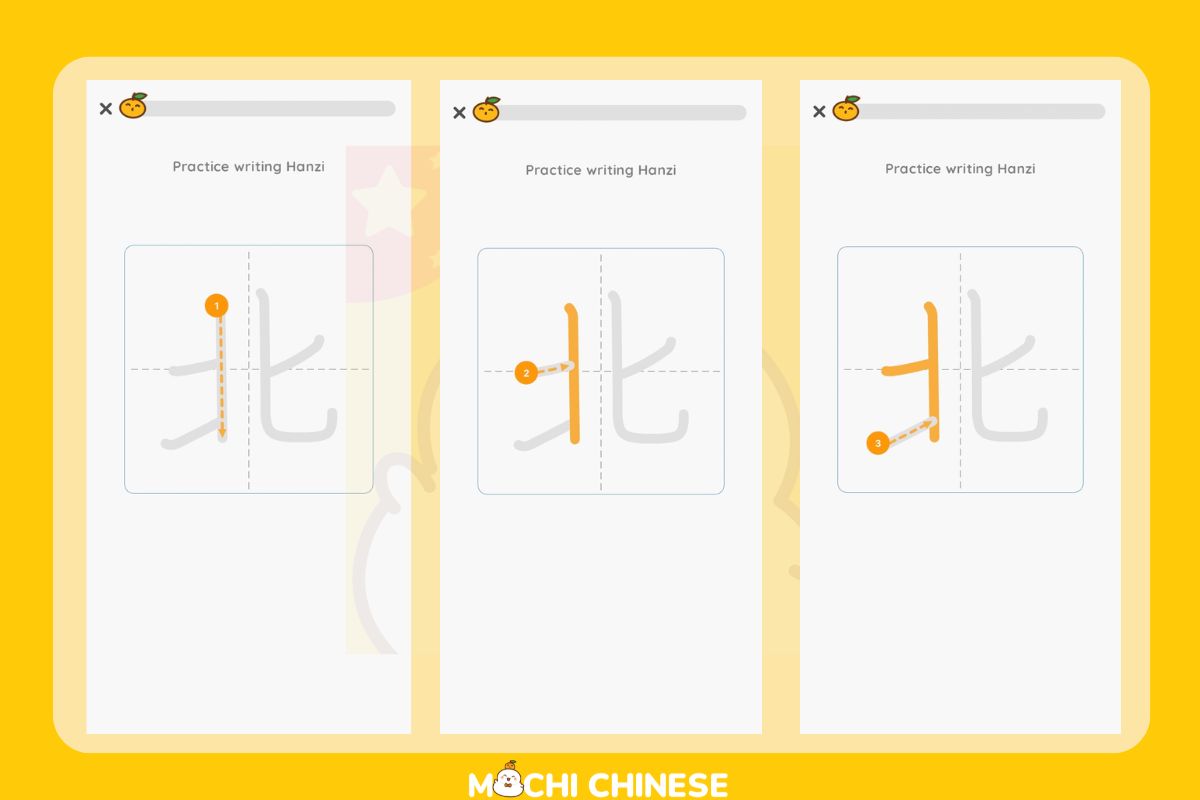
Conclusion
Chinese is a language of vastness and beauty, offering learners a journey of discovery. By setting achievable goals and embracing regular practice, beginners can steadily progress towards fluency. Let’s embark on this rewarding linguistic adventure together!

